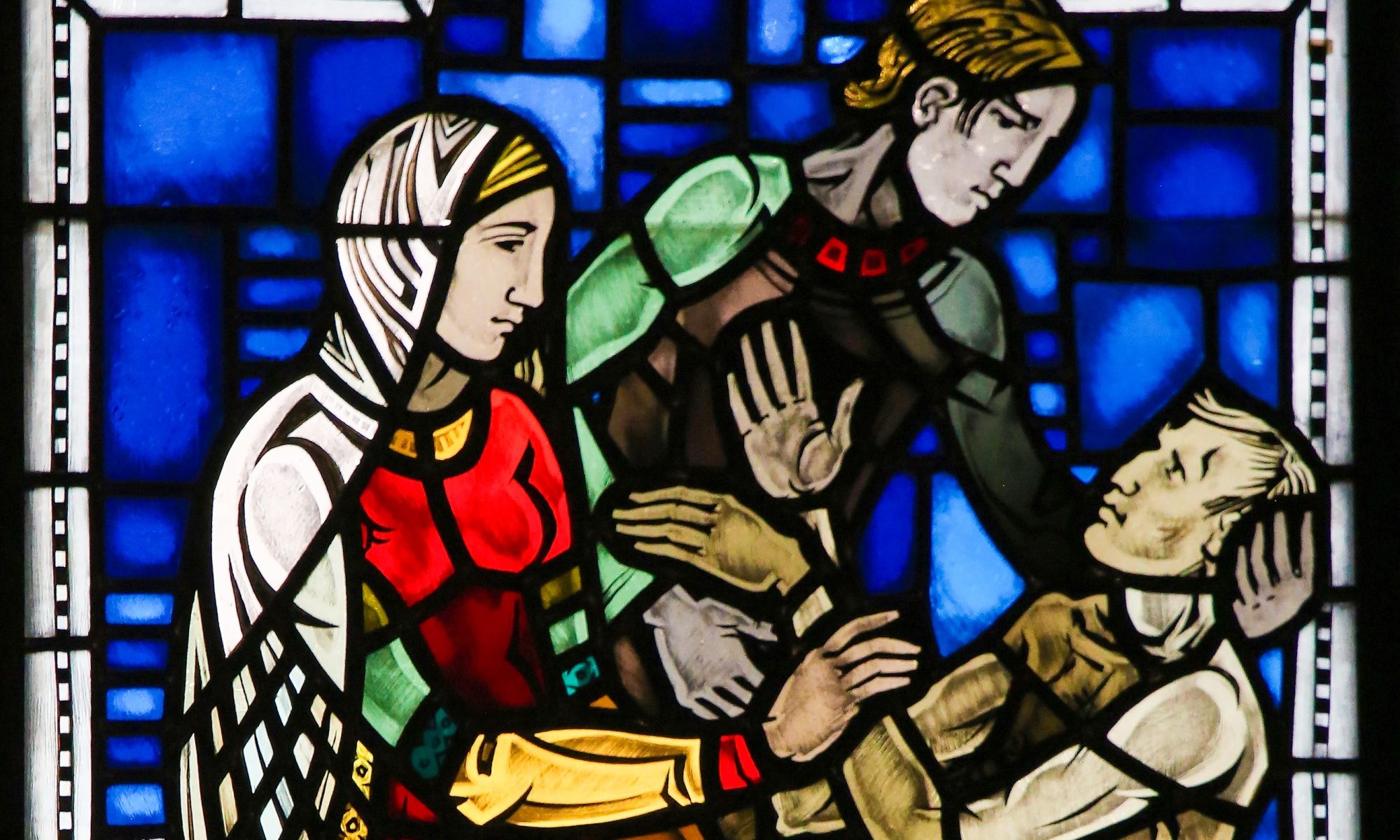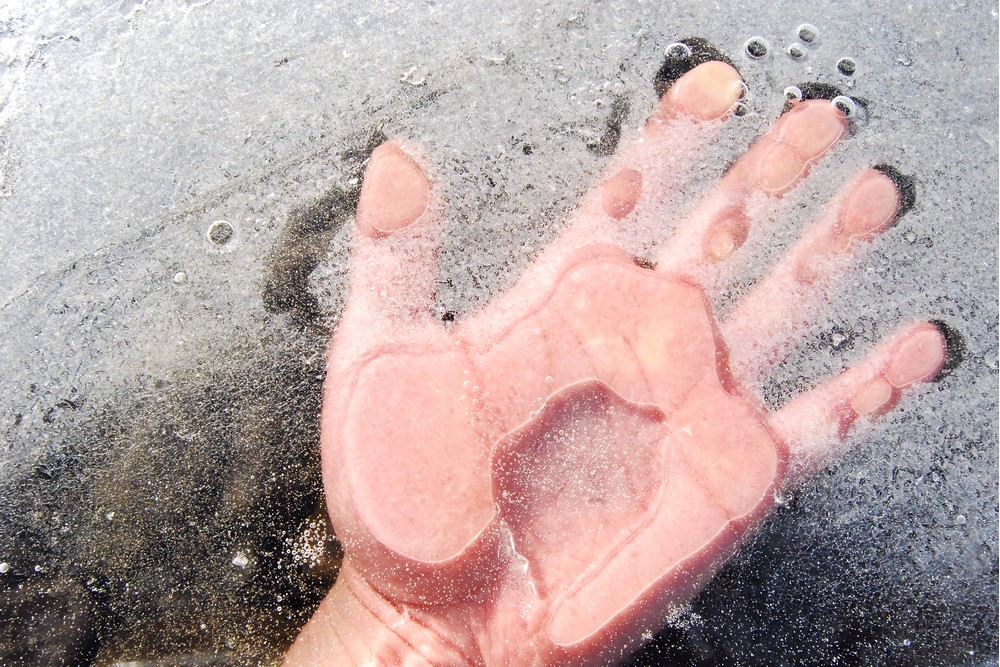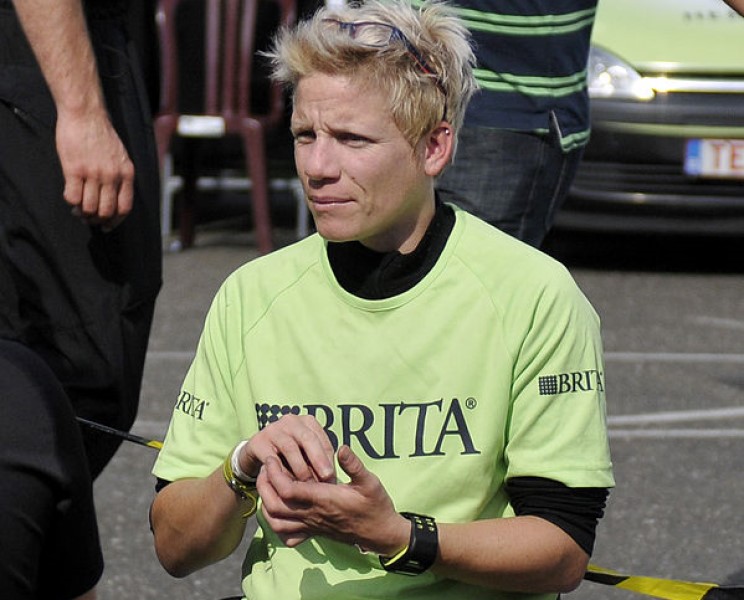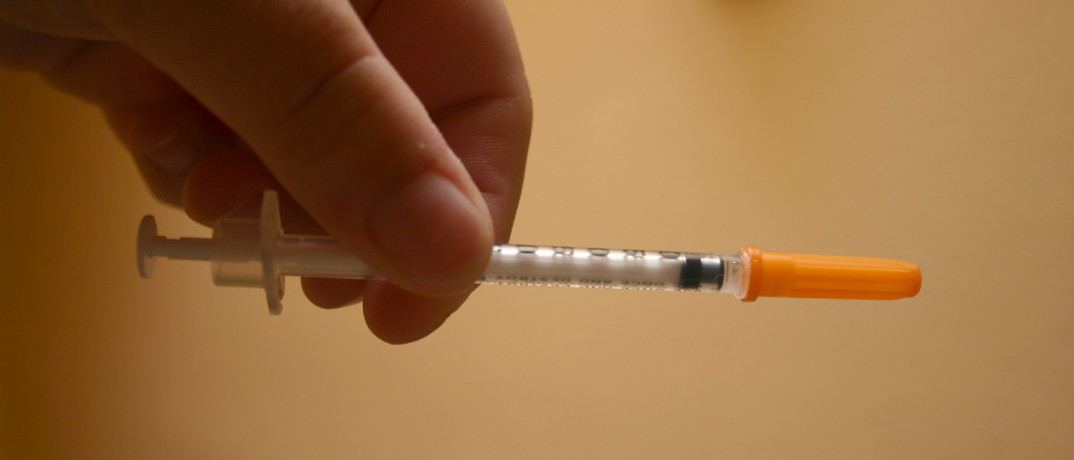On June 14th 2022, 44-year-old Federico Carboni became the first person to die as a result of physician-assisted suicide in Italy. Carboni was paralyzed in a car accident in 2010 and fought for many years for access to death with dignity. In 2019, Italy’s Constitutional Court ruled that assisted suicide is constitutional under the conditions that the patient seeking it is capable of making autonomous decisions and is in overwhelming and persistent pain. Health authorities granted permission in November 2021 for the death to take place. Carboni died in his own home as a result of taking a prescribed lethal drug.
Euthanasia is very controversial in Italy; it is opposed by the Catholic Church. Indeed, in a dominantly Catholic place like Italy, some are concerned that religious values are unduly influencing the extent to which people can behave autonomously. A debate about this general issue is raging across Europe:
Should people be able to choose the conditions of their own death? Should doctors ever assist patients in bringing about death? If so, how and under what conditions?
There are two general types of euthanasia: passive euthanasia – the withholding of life preserving treatments – and active euthanasia – administering a lethal drug to directly cause the death of the patient. Active euthanasia is legal in Belgium, Luxembourg, and the Netherlands. Passive euthanasia is legal in those three countries and also in Finland, Sweden, Norway, and Austria. Euthanasia of any form is illegal in France, but they allow patients who are terminally ill and in terrible pain to be kept under “deep sedation” until they die.
In 2014, Belgium became the first country to provide access to active euthanasia to children with parental consent. To qualify, the child must demonstrate that they understand what will happen when they are euthanized and they must be in serious pain. In Belgium and in the Netherlands, patients can request euthanasia if they feel that they can no longer live with mental illness. In 2016, Mark Langedijk, a patient in the Netherlands, became the first person to be euthanized because he no longer wanted to suffer from alcoholism, a problem for which he unsuccessfully sought treatment in rehab twenty one times (for discussion, see Marko Mavrovic’s “What It Means to Legalize Euthanasia”).
Euthanasia is controversial in the United States as well. Physician-assisted suicide is legal in ten states: California, Colorado, Hawaii, Maine, New Jersey, New Mexico, Oregon, Vermont, Washington. The practice is illegal in 33 states.
Those who support euthanasia often argue that respecting the conditions under which a person wishes to remain in existence and those under which they don’t is fundamental to treating that person with dignity. What’s more, governments shouldn’t be in the business of preventing these kinds of decisions. Human beings are not the property of any government; it should not be in a position to answer for a person what is, at its core, perhaps the most deeply personal question there is: the question of whether to continue to have subjective experiences at all. If this is the case, whether someone is permitted to die humanely and on their own terms shouldn’t vary from one country or region to the next. Instead, it should be understood as a universal human right.
Many who agree with these points about respect and dignity argue that there continues to be a role for the state in all of this.
Even if governments ought not to get involved in answering the general question of whether patients have a right to die, it might be important for them to have a set of laws and policies in place that lay out the conditions under which it can happen.
If governments have an obligation to protect their citizens, some patients might need protection against manipulation, coercion, and impaired thinking. For instance, a person who is suffering from a lengthy disease might be concerned that they are too much of an emotional and financial burden on their family. Though they might not actually want to die, they may choose euthanasia to save their loved ones’ time and money. Another person might, in a moment of frustration and pain, make a decision to end their own life that they might not have made at a later time. A person may be too young or incapacitated to make a truly autonomous decision. These might all be legitimate reasons for state intervention.
We might also consider the issue from perspectives other than suffering individuals who might have their preferences thwarted. A country’s health care system is one of its central human services. The government has an interest in making sure that people are well cared for, and that doctors and other medical professionals have the kinds of values to do their jobs well. They want medical professionals who have respect for life and don’t have inclinations to do their patients harm.
In response, advocates of death with dignity argue that respect for life entails more than extending any given life as long as possible. When we say that life is valuable in the case of a human person, it is because there is a subject present who is capable of valuing their own existence and of having positive experiences in the world. Real respect for life entails empathy for living things when what is valuable about life for a given person is forever beyond their reach. Sometimes, death is a health care decision.
In the United States, twenty-seven states still use the death penalty as punishment. In most of these states, euthanasia is illegal. This sends the message that the state is in a position to judge when a person should die before the natural termination of their life, and is even justified in executing the person itself, but a suffering patient, in consultation with their doctor, is not in a position to make the same decision about their own life in accordance with their own values. This set of policies suggests that such governments value retribution more than mercy and control more than autonomy.




